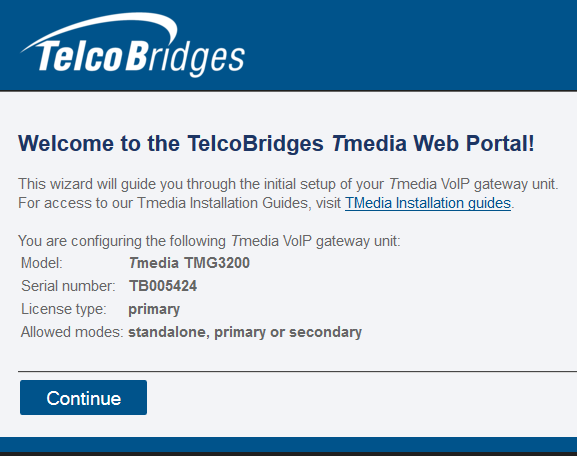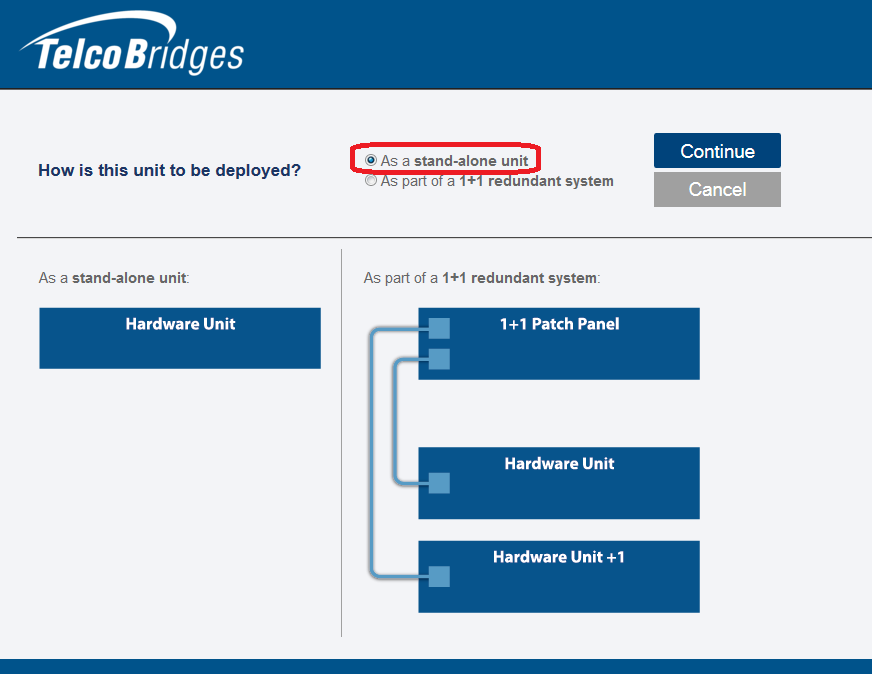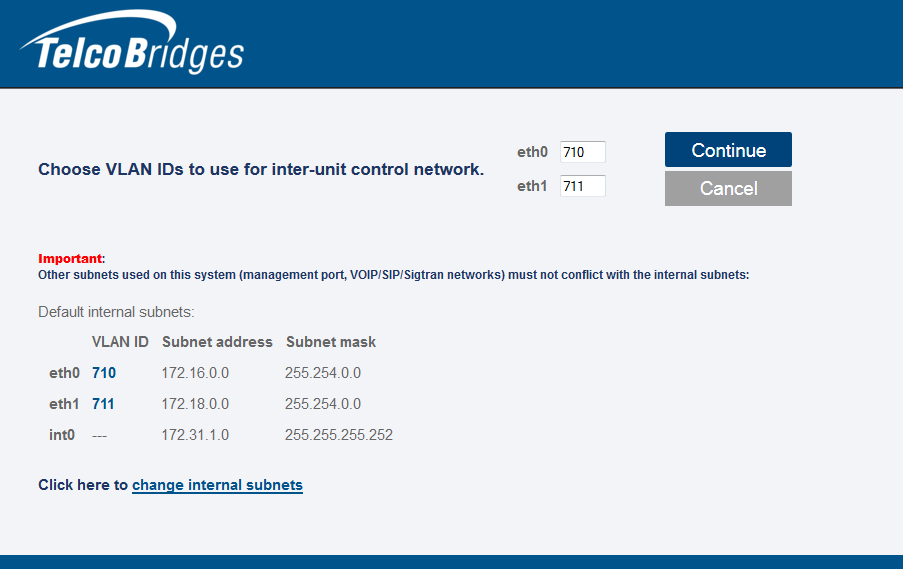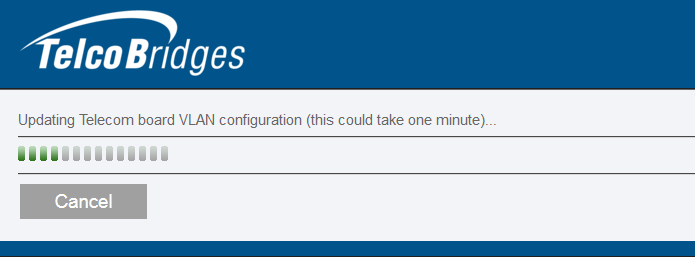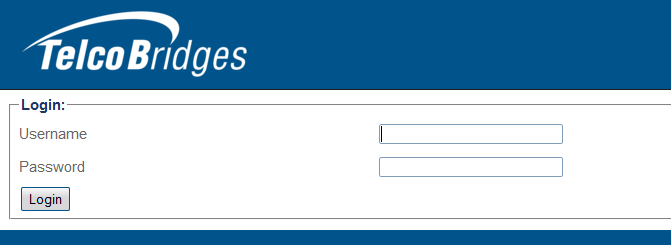Toolpack:Host Standalone A
m |
|||
| (2 intermediate revisions by one user not shown) | |||
| Line 1: | Line 1: | ||
| − | |||
{{DISPLAYTITLE:Setting the Role to Standalone}} | {{DISPLAYTITLE:Setting the Role to Standalone}} | ||
| − | + | {| class="wikitable" | |
| − | The first time that you connect to a gateway, the web portal setup wizard will be displayed and you will be asked to | + | |- |
| + | |rowspan="2"|This article applies to: | ||
| + | |'''Product''' | ||
| + | |'''Version''' | ||
| + | |- | ||
| + | |Tmedia | ||
| + | |2.8, 2.9, 2.10, 3.0, 3.2 | ||
| + | |} | ||
| + | The first time that you connect to a gateway, the web portal setup wizard will be displayed, and you will be asked to choose a role for the gateway. Your choices are standalone, primary, or secondary. Once the role configuration settings are applied, the gateway will start up and display the web portal configuration management tool. | ||
'''To configure the host role of the gateway as a standalone unit, do the following:''' | '''To configure the host role of the gateway as a standalone unit, do the following:''' | ||
Latest revision as of 09:04, 11 November 2020
| This article applies to: | Product | Version |
| Tmedia | 2.8, 2.9, 2.10, 3.0, 3.2 |
The first time that you connect to a gateway, the web portal setup wizard will be displayed, and you will be asked to choose a role for the gateway. Your choices are standalone, primary, or secondary. Once the role configuration settings are applied, the gateway will start up and display the web portal configuration management tool.
To configure the host role of the gateway as a standalone unit, do the following:
1- When the setup wizard is displayed, click Continue
2- Select As a stand-alone unit and click Continue.
3- If you need to change the default subnet address or subnet mask, click change internal subnets and proceed to step 3a, otherwise click Continue and go to step 4.
3a- Enter the subnet address and subnet mask for each VLAN ID and click Continue.
Allow for the change to take effect.
4- The Web Portal Log On page is displayed.
- Enter the user name and password.
